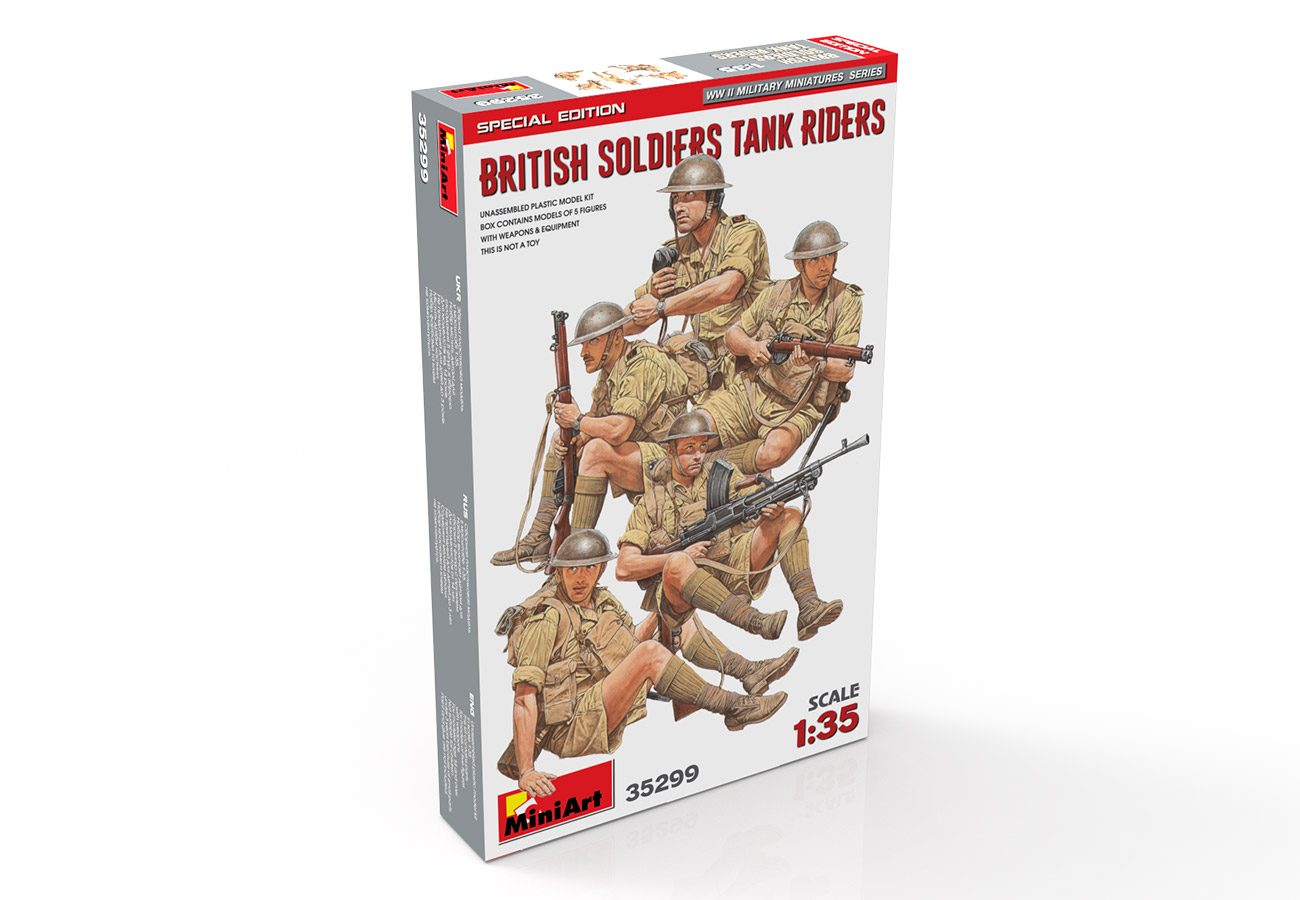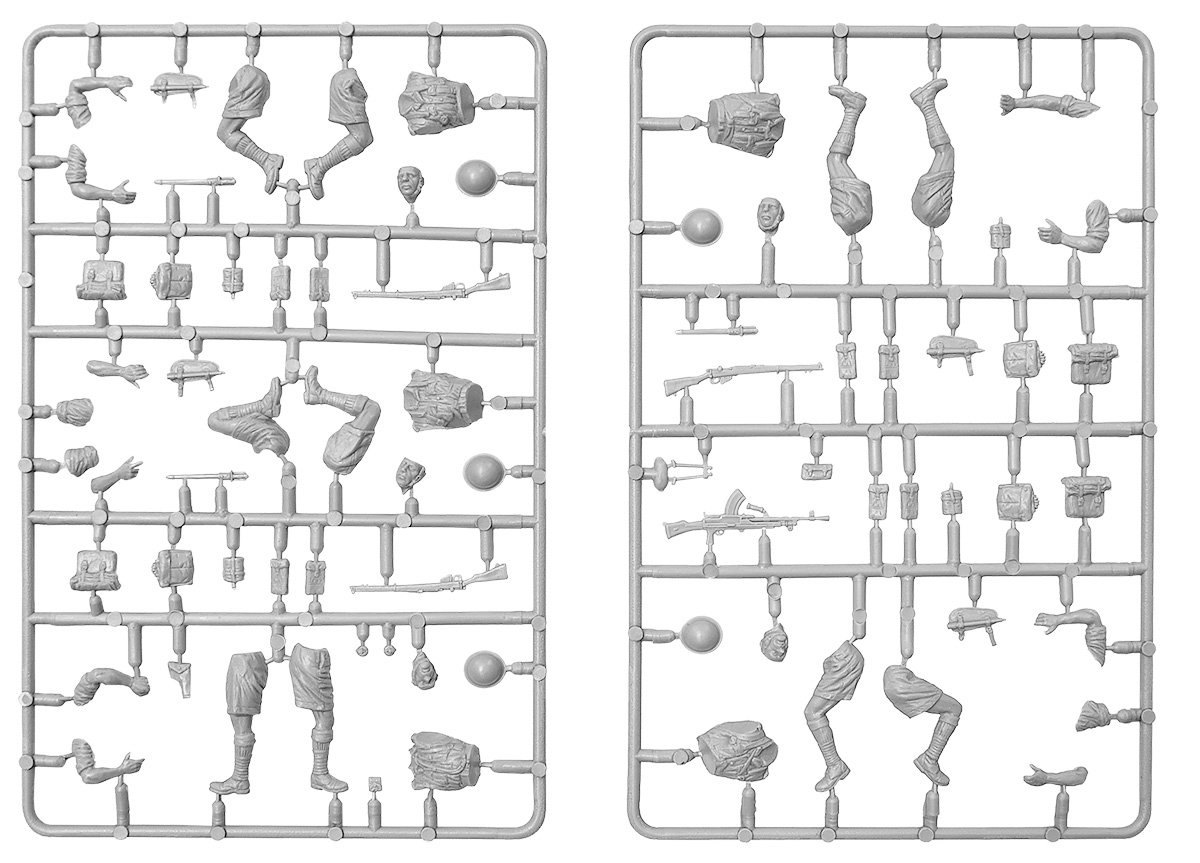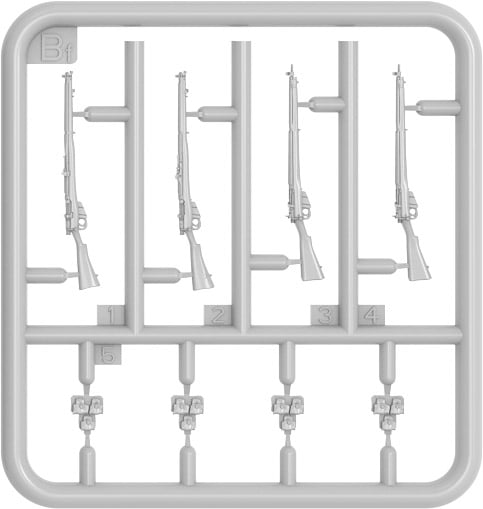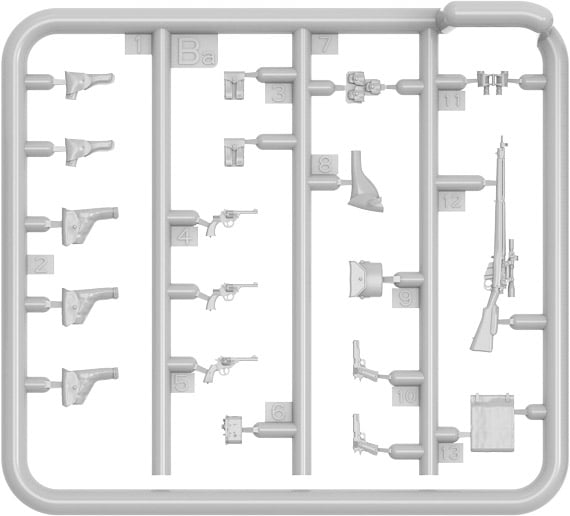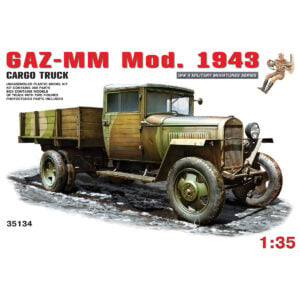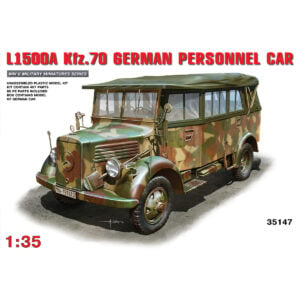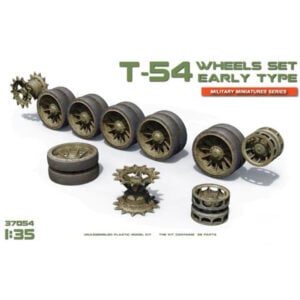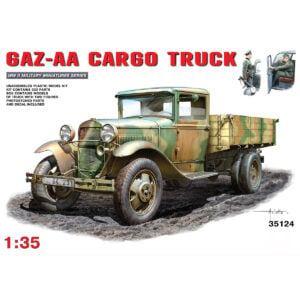Miniart British Soldiers Tank Riders Special Edition 1/35 Scale 35299
$19.99
Out of stock
Email when stock available
Description
The British Eighth Army was formed in September 1941 in North Africa from forces stationed in Egypt. Until November of the same year, it was composed of two corps – XIII and XXX. It included, among others: the 2nd New Zealand Infantry Division, the 4th Indian Infantry Division, the 7th Panzer Division (the famous Desert Rats) and the 1st South African Infantry Division. At the end of 1942, there were about 220,000 people formed in 10 divisions and several independent brigades. The Eighth Army underwent its baptism of fire during the Battle of Tobruk in November 1941. Later, in 1941-1943, she fought in North Africa, winning a very important victory in the Battle of El Alamein, and later beating Axis forces in Libya and Tunisia. It is worth adding that its commander from August 1942 to December 1943 was Bernard Law Montgomery – one of the best British commanders of World War II. In the years 1943-1945, the Eighth Army fought in the area of Apennine by taking part in the landing in Sicily and in the landing in southern Italy. Its soldiers later broke through the Gothic Line and the Gustav Line, as well as fought at Monte Cassino in 1944. It was the 8th Army that included the 2nd Corps of the Polish Armed Forces under the command of General Anders. In 1945, the Eighth Army fought in the Po Valley, and later entered Austria, where it ended its combat route during World War II.
During World War II, the British Army formed a total of 43 infantry divisions. At the start of the war, the division’s staff numbered approximately 13,800 officers and soldiers, while in 1944 this number increased to approximately 18,300 people. This significant change in the number of employees resulted primarily from the increase in various types of support units, and not the increase in the number of infantrymen themselves. In 1944, the British infantry division consisted of three infantry brigades, each with its own headquarters, a staff platoon, 3 infantry battalions, and engineering divisions. It is worth adding that a single infantry battalion had approx. 780 officers and soldiers and had numerous support units (e.g. a mortar platoon or a reconnaissance platoon). The division also included a de facto artillery brigade with five artillery regiments (including one anti-tank and one AA), a battalion of machine guns and mortars, as well as reconnaissance, communication and sapper units. An important element increasing the mobility of the British infantry division was its full motorization. The British infantryman’s primary rifle was the Lee Enfield No.1 or No.4 rifle. As machine weapons, among others, Sten submachine guns, Bren manual machine guns and Vickers machine guns were used. The most commonly used anti-tank weapons were the 40 and 57 mm 2- and 6-pounder cannons, and later also the 76-mm 17-pounder cannons. In turn, the main armament of the field artillery was a very successful howitzer Ordnance QF 25-pounder.
Assembly and painting required. Kit does not include model cement glue, paint, and tools. Adult supervision where required.
Contents subject to change.


